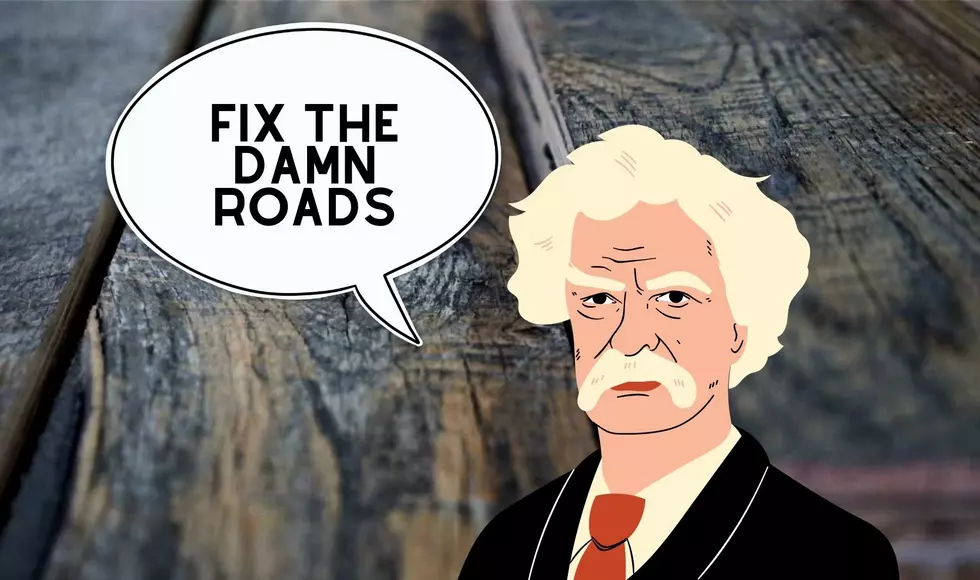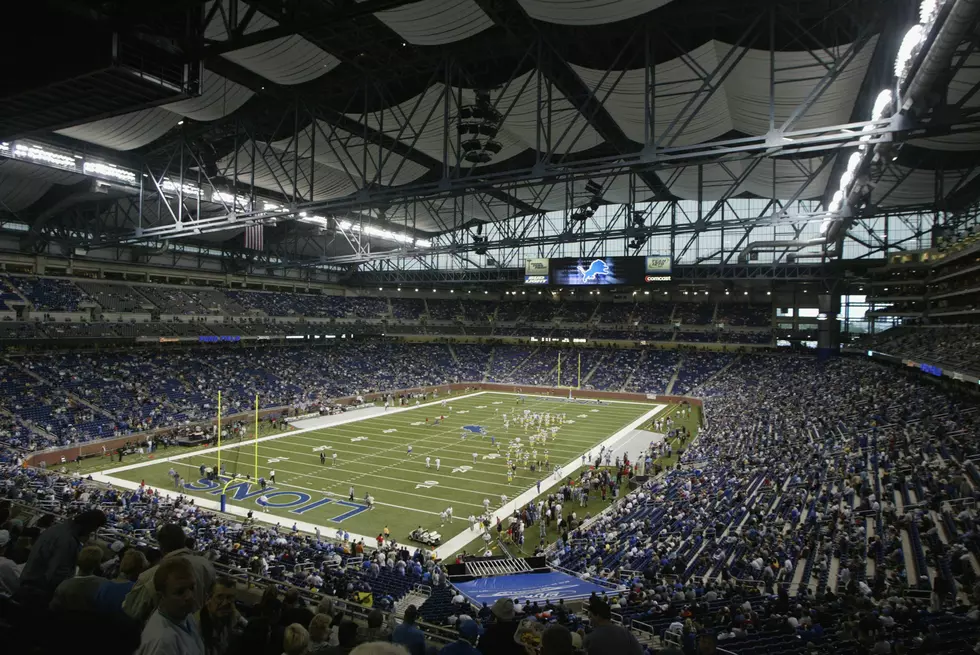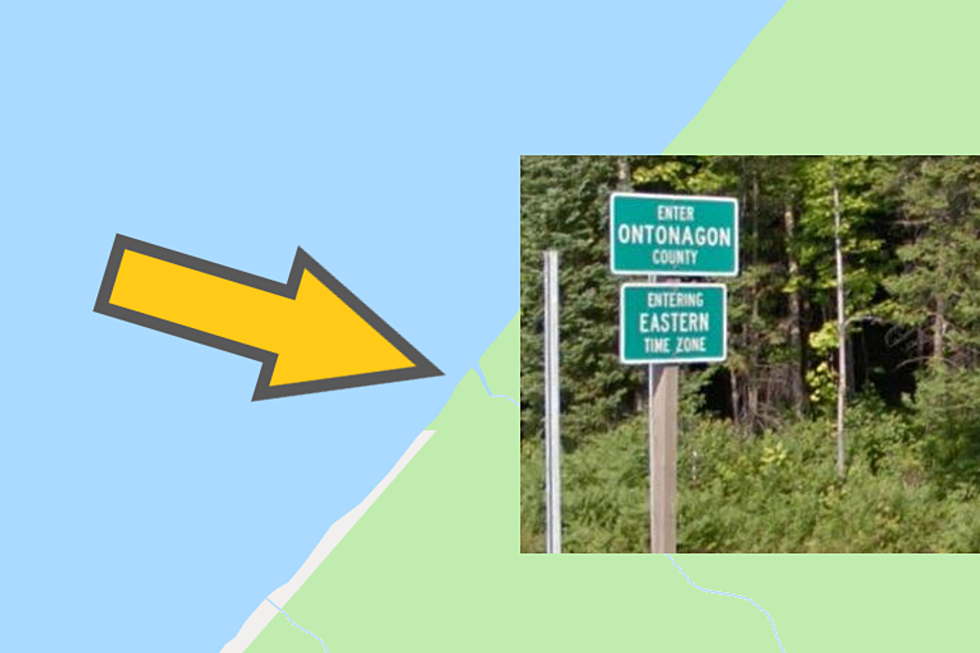
Half the 16 Oldest Cities in the State are in Southwest Michigan
Just how important is southwest Michigan to the history of the state? When Michigan joined the union in 1837, there were only 16 incorporated cities and villages. Half of them were in the southwest corner of the state.
According to Michigan State University when Michigan was admitted to the union there was only one city in the state and that was Detroit. However there were 15 villages and 8 of them were clustered in the southwest side of the state.
Those 8 villages that existed when Michigan was formed, along with thier current county:
- Niles (Berrien and Cass)
- New Buffalo (Berrien)
- St Joseph (Berrien)
- Centreville (St. Joseph)
- Constantine (St. Joseph)
- White Pigeon (St. Joseph)
- Marshall (Calhoun)
- Coldwater (Branch)
On the other side of the state you would have found the villages of Tecumseh, Monroe, Ypsilanti, Ann Arbor, Pontiac, Adrian, and Mount Clemens.
So what about other now-large cities in Michigan? They simply didn't exist yet. The only exception was Grand Rapids. There was a settlement with a sizeable population along that area of the Grand River, but it was not yet incorporated. That would happen one year after statehood in 1838.
Now you might be thinking, what about Sault Ste. Marie, isn't that the oldest settlement in the state? Certainly it is, but we're talking about incorporation here and the Soo didn't become a village until 1879 and a city in 1887.
[MSU.edu]
More From WKMI









